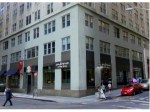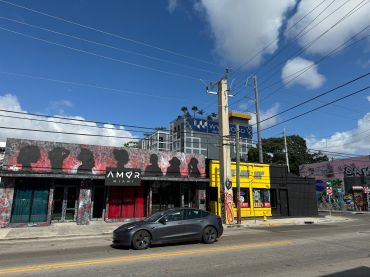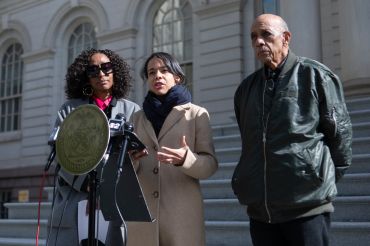 Since 2002, Stuart Gross has served as executive managing director at Eastern Consolidated, where he has specialized in complicated restructuring deals and investment sales transactions. Mr. Gross, 58, spoke to The Observer about 116 John Street, until recently one of few remaining office building on a street once teeming with commercial assets. Now, the building is being converted to rental apartments and leasing is expected to begin early next year.
Since 2002, Stuart Gross has served as executive managing director at Eastern Consolidated, where he has specialized in complicated restructuring deals and investment sales transactions. Mr. Gross, 58, spoke to The Observer about 116 John Street, until recently one of few remaining office building on a street once teeming with commercial assets. Now, the building is being converted to rental apartments and leasing is expected to begin early next year.
What was the motivation behind converting 116 John Street into a residential building?
Mr. Gross: That was a complicated form of ownership that required some sort of financial engineering. But, as always, that tail should not wag the dog. The real issue had been, what’s the property worth and what’s its highest and best use, and who’s the best person to exploit that use.
Was the owner, Hacienda Intercontinental Realty, in a position that forced a conversion, or was it simply the best way to take advantage of that submarket?
In this particular case there was an owner who was absent, lived in Miami, and the building had always been office and ground-floor retail. He did not have capital for tenant improvements and building-wide improvements sufficient to keep it competitive.
So the building was actually deteriorating rapidly, and losing tenants. He had a loan that was looming and he had really kind of no way out because no new loan would come in and take that out.
In other words, the owner had few options when this was all unfolding.
The best answer would have been to find someone to come in and buy the property. But, as you’ll recall, at that point the office sector was really struggling, particularly downtown. And, in this case, Class B—or, frankly, this was more like Class C—was particularly struggling. So there was very little opportunity for him to refinance as an office building.
So the only option you really had was to adapt and reuse that property as residential. But not every property downtown is suitable for that because you have to have the right light and the right zoning, and that’s for starters.
How did the eventual joint venture with Metro Loft come about?
We were able to bring a really great, unbelievably successful and great developer named Nathan Berman, who came in and negotiated with our owner, and it was torturous for a while, as you might imagine, because in a situation like that where an owner is going to contribute an asset you have issues of valuation, for starters, and you have issues of control—and not to mention who’s going to carve up the pie on the back end.
Generally speaking, the non-financial issues are as important as the financial because you have two guys across the table deciding who’s going to be 51 percent and who’s going to be 49 percent…. But, in this case, we ultimately did the deal after long months of negotiations. But we were able to help them out with all that.
jsederstrom@observer.com


